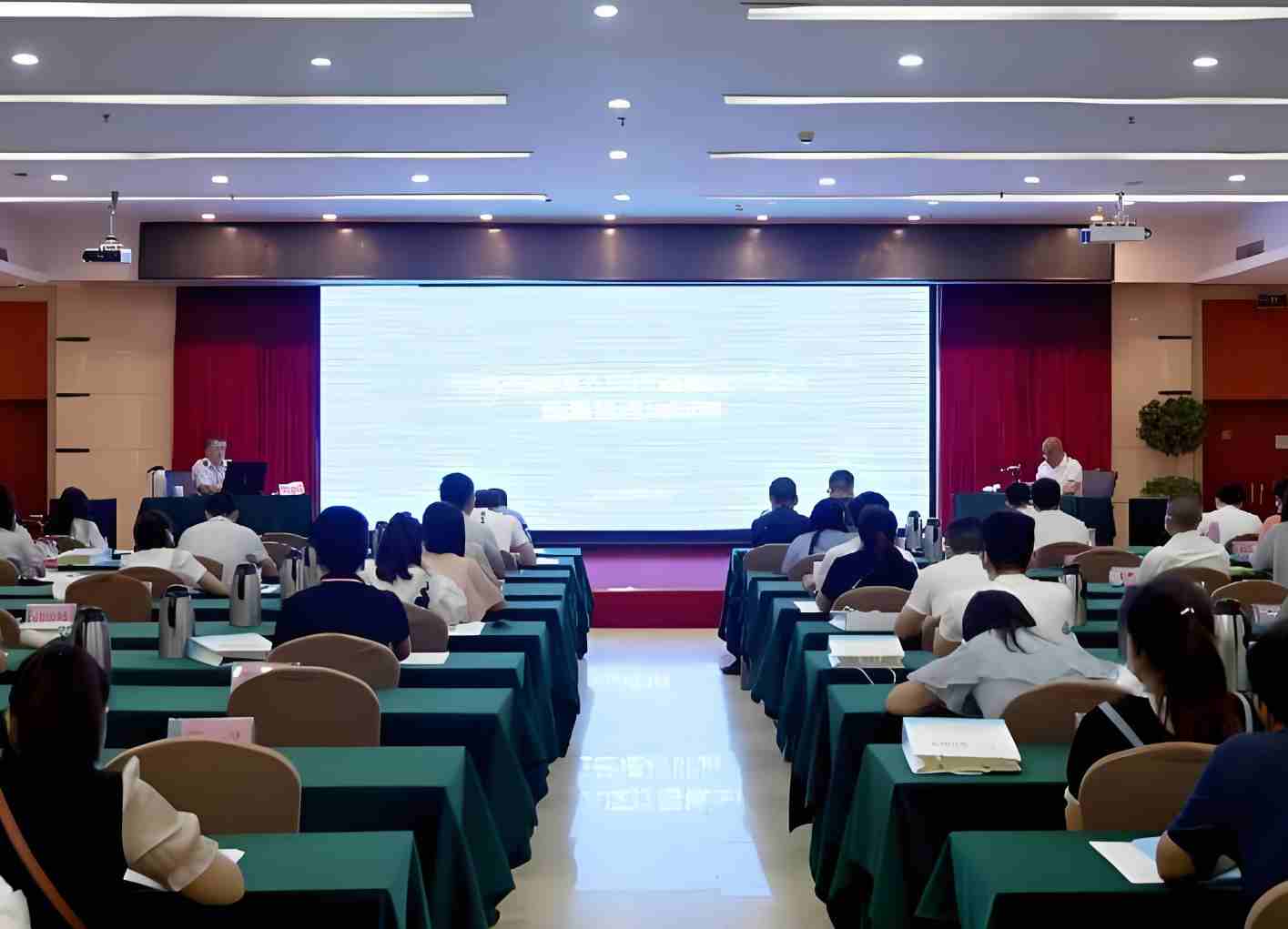Sterility test training
Precise inspection, sterile future - Your professional advancement begins with sterile inspection training
(1) Overview of sterility test content
I. Training objectives
Master the basic principles of sterility test: Enable students to deeply understand the basic concepts, principles and methods of sterility test.
Familiar with operation specifications: familiar with the operation process of asepsis test, equipment use and maintenance specifications.
Improve the skill level: Through practical operation, improve the students' sterility test skill level and problem solving ability.
Understanding standards and regulations: Comprehensive understanding of national standards, industry standards and regulatory requirements related to sterility testing.

2. Training content
Basic knowledge of sterility test
Aseptic technology definition, aseptic area concept, aseptic operation principle.
Basic knowledge of microorganisms, including classification, characteristics and detection methods of bacteria, fungi and other microorganisms.
Technique and method of sterility test
There are two experimental methods for sterility test: direct inoculation and film filtration.
Introduction of common equipment for aseptic test, such as aseptic operation table, aseptic incubator, aseptic transfer box, etc.
The specific operation steps of sterility test, including sample collection, treatment, inoculation, culture and observation.
Sterility test standards and regulations
Reference and interpret relevant national standards and industry standards, such as the provisions related to sterility testing in the "Medical Device Manufacturing Quality Management Practice".
The latest laws and regulations and trends of sterility test at home and abroad are introduced.
Quality control and laboratory management
Quality control methods for sterility test, including environmental control, equipment calibration, media quality control, etc.
Laboratory safety management and emergency treatment measures.
Case study and practical operation
The typical cases in sterility test were analyzed and lessons were summarized.
Organize students to conduct practical operation drills, and deepen their understanding and mastery through simulation experiments and actual operations.
3. Reference of relevant standards
During the training process, the following relevant standards (including but not limited to) should be explicitly referenced and interpreted:
Medical Device Manufacturing Quality Management Practice
Production Management of sterile Medical Devices
The relevant chapters of sterility test in Chinese Pharmacopoeia
International standard ISO 11137 series standard for aseptic packaging of medical devices
4. Training methods
Theoretical teaching: Through explanation, demonstration and case analysis, students are taught the basic knowledge and operation skills of sterility test.
Practical operation: Organize students to conduct practical operation drills, so that students can combine theoretical knowledge with practical operation to improve operational skills.
Interactive discussion: Encourage interactive discussion among students and between students and teachers to solve problems together and improve learning results.
Assessment and evaluation: Through the examination and evaluation, to check the learning effect and operational skill level of students, to ensure the achievement of training objectives.
Training certificate issued
Through the training of the above content, the purpose is to enable students to fully grasp the basic principles, technical methods and relevant standards and regulations of asepsis testing, improve the professional quality and skill level of asepsis testing, and provide a strong guarantee for the quality management of medical device manufacturers.
(2) Expected effect of sterility test training
The expected effect of aseptic inspection training is to ensure that participants in the training can achieve the established goals in terms of knowledge, skills, awareness and practical ability, so as to improve the overall level of aseptic production and management of enterprises. The following are the specific expected effects:
Knowledge:
Students will have a comprehensive understanding of the basic concepts, principles, importance and role of sterility testing in the medical device manufacturing process.
Students will be familiar with and master the latest content and requirements of national, industry and international standards related to sterility testing.
Skills Improvement:
Students will be proficient in the operation process, technical methods and critical control points of sterility test, including sample collection, processing, inoculation, culture, observation and result determination.
Students will be able to properly use and maintain the equipment and instruments required for sterility testing to ensure the accuracy and reliability of test results.
Increased awareness:
Participants will enhance aseptic awareness and recognize the importance of aseptic production to ensure the quality of medical device products and patient safety.
Students will establish a rigorous and scientific working attitude, comply with aseptic operation standards, and reduce the risk of contamination.
Practical ability:
Students will have the ability to complete the sterility test independently, and be able to complete the test task and issue a report accurately and quickly.
Students will be able to analyze and solve problems encountered during sterility testing, and propose improvement measures and suggestions.
Teamwork and communication:
Students will enhance their teamwork skills, complete inspection tasks with colleagues, and share experience and knowledge.
Students will improve their communication skills, be able to express test results and opinions clearly and accurately, and communicate effectively with relevant departments.
Continuous improvement:
Participants will understand the continuous improvement mechanism of sterility inspection, including quality control, deviation treatment, change control, etc., to provide support for the continuous improvement of the quality management system of the enterprise.
Regulatory compliance:
Students will have an in-depth understanding of and comply with the legal and regulatory requirements related to sterility testing to ensure that the production activities of the company are legal and compliant.
To sum up, the expected effect of aseptic testing training is to comprehensively improve the comprehensive quality and ability of students in aseptic testing, and provide a strong guarantee for enterprises to achieve high-quality and efficient aseptic production.

 Sterility test training-Service items-Liaocheng Enterprise Standardization Training Center - IATF16949 Training Institution - ISO9001 System Certification Services Company - Shandong Yongsheng Certification Technology Co., Ltd.
Sterility test training-Service items-Liaocheng Enterprise Standardization Training Center - IATF16949 Training Institution - ISO9001 System Certification Services Company - Shandong Yongsheng Certification Technology Co., Ltd.